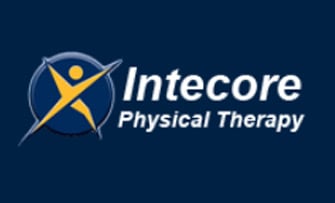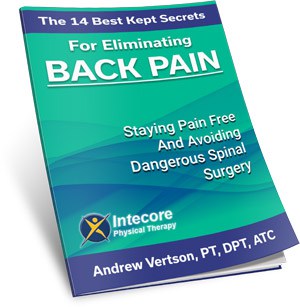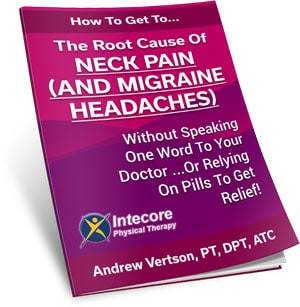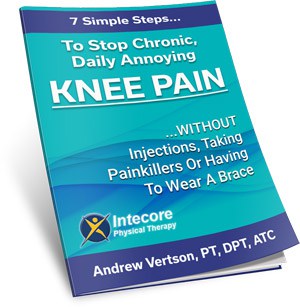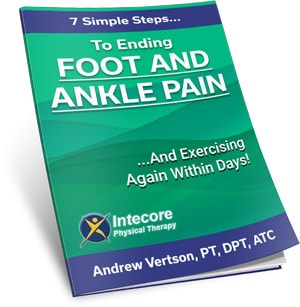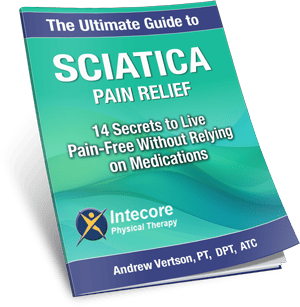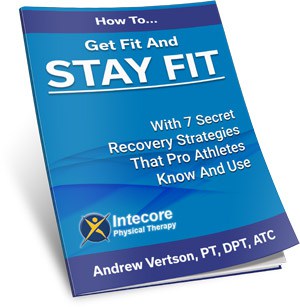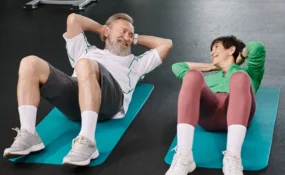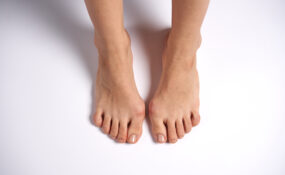
Many of the injuries athletes sustain fall into two categories: training errors or overuse.
Training errors commonly occur when athletes add mileage, intensity, or speed too quickly or do not allow for enough recovery time – either on a daily/weekly basis or within an overall periodization program.
The pain that comes from training errors is usually a surprise. You have been training well, likely gaining fitness and speed, and you have been feeling good. Then you go out for that one swim, bike, or run and come home in pain. This can be a frustrating and scary moment. The good news is that if treated quickly and appropriately, these injuries will usually resolve in short order. In times like these the best course of action is to reduce the inflammation as quickly as possible. We have all heard it – Rest, Ice, Compression, and Elevation. This is the time to think of your long-term training and racing plans, then truly take a break to recover from the injury.
Rest: Often this means taking 1-3 days completely off.
Ice: Extremities do well in 10-minute ice baths. Use ice packs for generalized areas up to 20 minutes. Icing several times daily is important, but wait a minimum of two hours between treatments so tissues may warm and blood flow increases to the area.
Compression: Compression is not just for swollen ankles anymore, and a plethora of garments are available to help. Supporting the injured area with compression can help decrease inflammation and decrease the workload of the area. When done correctly, it should never be painful.
Elevation: Elevation provides relief comparable to compression and helps at day’s end when swelling and inflammation are often highest.
By helping to reduce inflammation with proper care, injuries from training errors may heal within 7-10 days. If after 10 days a return to the inciting activity is still painful, I recommend seeking medical advice from your Physical Therapist to ensure no underlying biomechanical issue exists.
Overuse injuries are those nagging but consistent pains that we put off, sometimes for years. The pain may be minimal or it may stop you in your tracks. Overuse injuries can be indicators of a more global systemic problem, muscular balance issues, poor biomechanics, or poor sport-specific mechanics. Overuse pain is something athletes often chalk up to being ‘in training’. The key to changing overuse pain is persistence. Changes in muscular balance, joint mechanics and motor control take time. Long-term complaints of pain can require long-term care and occasionally intermittent check-backs. Having said this, gains should be regular and noticeable.
Physical therapists are the movement specialists. They are trained to look at muscular balance, fatigue, neuromuscular control and much more. Changing the way the body moves in order to reduce the chance of injury or improve acute and chronic pain can require multiple aspects of care. Your physical therapist can be your first entry point into medical care and help get you back to moving pain-free!
- 7 Ways to Get Rid of Tension Headaches Naturally - July 1, 2025
- Why Are My Feet Swollen? Common Causes Explained - June 2, 2025
- What Is Restless Leg Syndrome? Symptoms, Causes, and Relief Options - May 5, 2025

